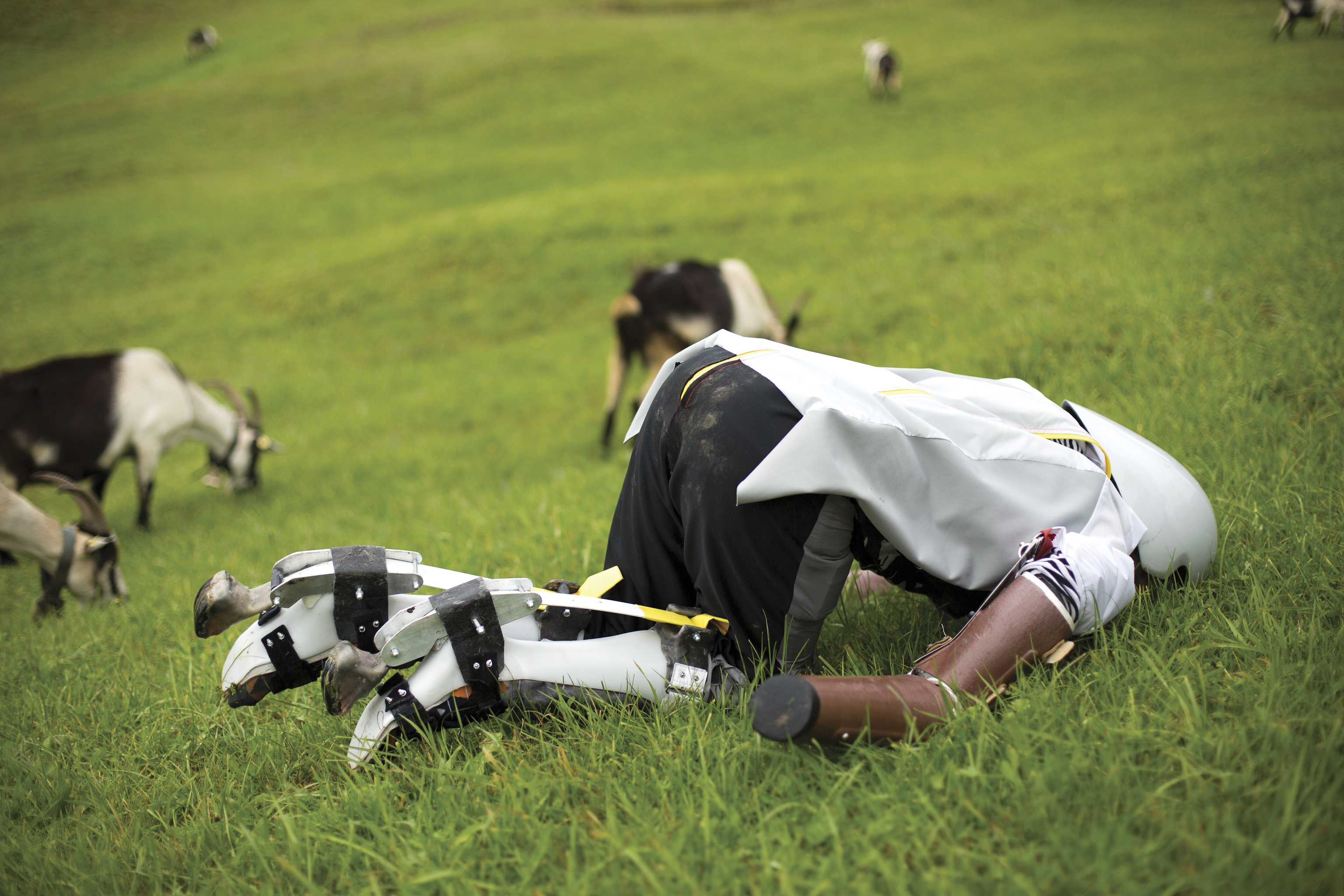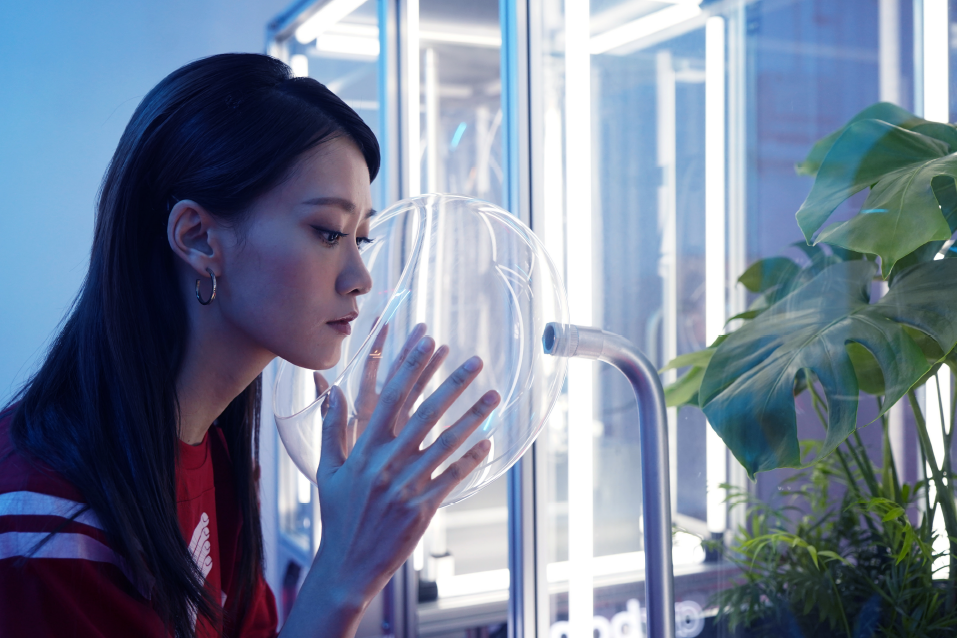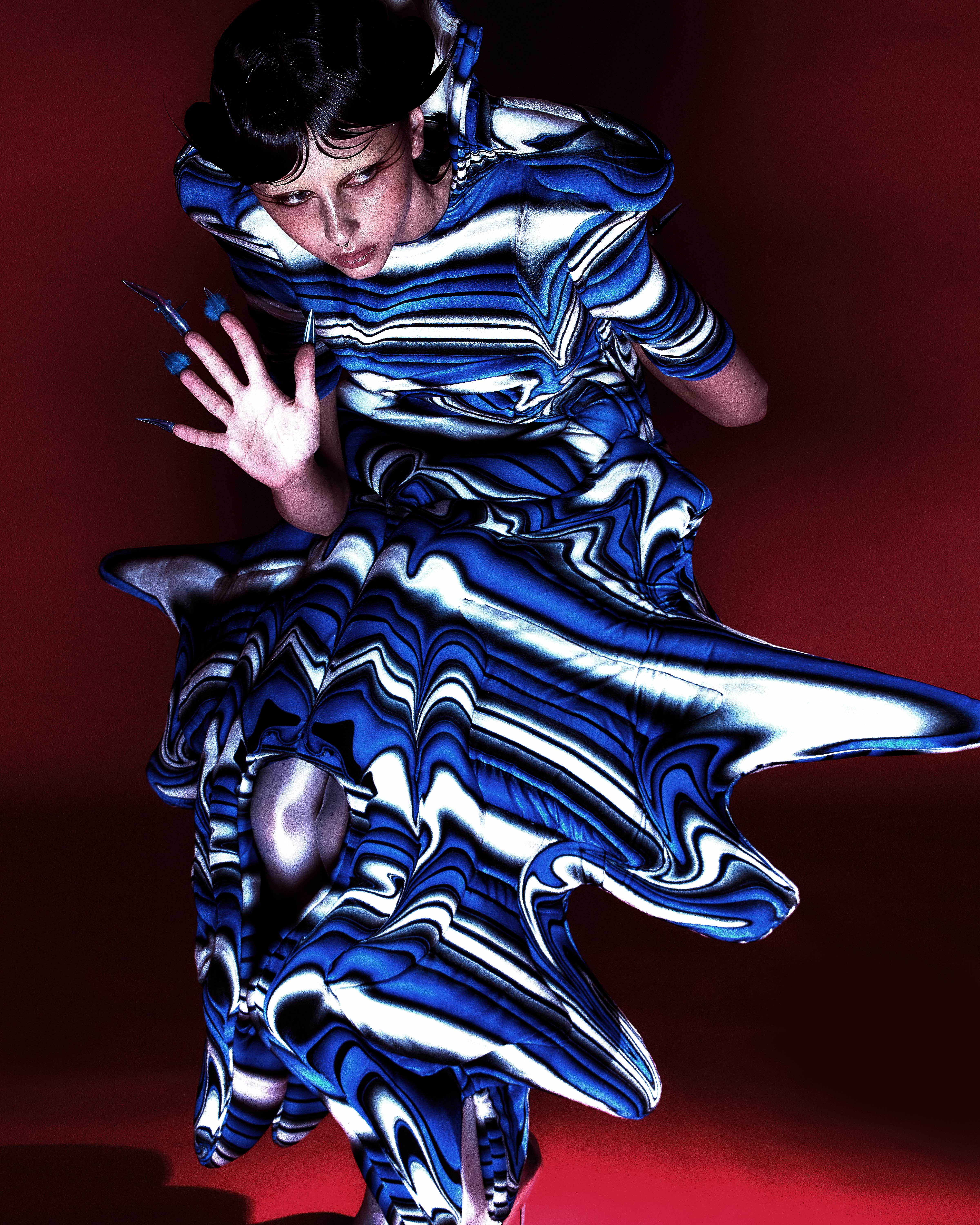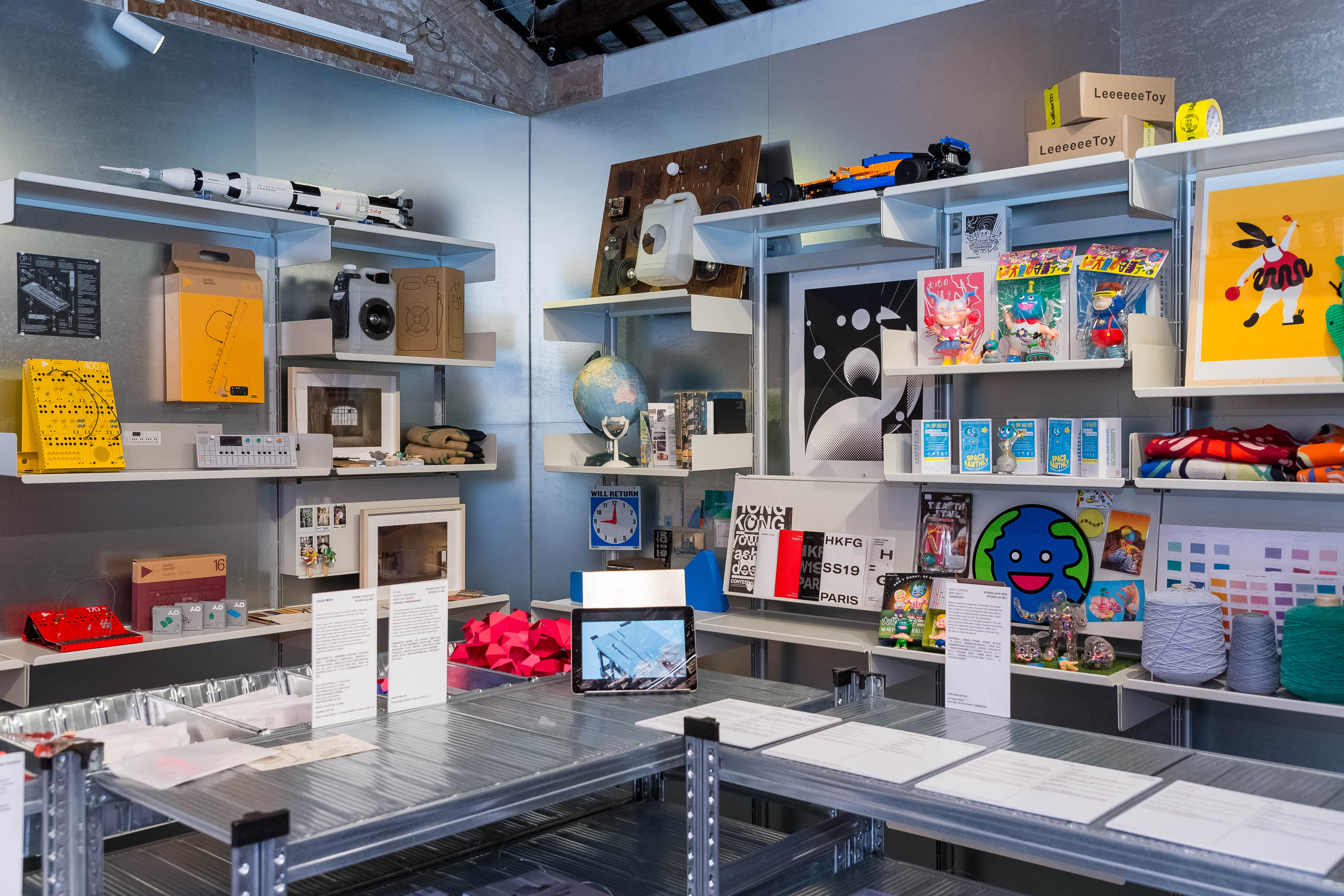Where Dreams and Reality Collide

A dream is something we think about subconsciously or otherwise, and some can even be actualised into reality. It’s also about having a positive outlook for the future, especially in times of change, as Hong Kong designer Michael Leung, curator of Design Spectrum’s “Dream Big Think Small” exhibition points out. From the pandemic to the metaverse, a lot has been happening in the past two years that altered the way we live, work and look at our future. While we continue to rethink, reinvent and adapt, the exhibition encourages all of us to dream bigger and make these dreams come true through design.
A dream is […] also about having a positive outlook for the future, especially in times of change.
 In the “GoatMan” project, UK designer Thomas Thwaites tries to escape the anxiety of being a human being by dressing up as a goat and living with other goats for three days.
In the “GoatMan” project, UK designer Thomas Thwaites tries to escape the anxiety of being a human being by dressing up as a goat and living with other goats for three days.
 Taking end of the world as the theme, Hong Kong design studio WARE crafted a fictional “airbank®” that imagines humans need to wear fresh air packs in an apocalyptic world.
Taking end of the world as the theme, Hong Kong design studio WARE crafted a fictional “airbank®” that imagines humans need to wear fresh air packs in an apocalyptic world.
From now till 17 July, the public can explore the link between dream and design at 7 Mallory Street in Wan Chai from the unusual perspective of Michael, who sees dreaming as the “creative processing of data collected in our everyday life”. The exhibition features fascinating design projects under four thematic sections, and the works form a narrative of creative thinking that transcends time and space to bridge the virtual and reality. The exhibition draws inspiration from projects like “A holiday from being human (GoatMan)” by Thomas Thwaites and “airbank®” by WARE giving form to the vision of this exhibition.
 The fashion collection "Emotion: The Shift Of The Self" explores the idea of contradictory emotions.
The fashion collection "Emotion: The Shift Of The Self" explores the idea of contradictory emotions.
It (the fashion design) depicts the concept of the surreal transition and distortion from the physical to the astral.
In one section “Dream Asleep Dream Awake”, Cady Lee, winner of the DFA Hong Kong Young Design Talent Award 2021, presents her fashion design "Emotion: The Shift Of The Self", as she puts it, a collection about the contradiction between imagination and reality, integrating radical art as well as liquifying effects to produce surreal prints and dynamic visuals. “It depicts the concept of the surreal transition and distortion from the physical to the astral,” she says.
 Developed by the innovative agricultural technology company Farm66, the space capsule-like Future Green Tunnel imagines the next stage of indoor vertical planting.
Developed by the innovative agricultural technology company Farm66, the space capsule-like Future Green Tunnel imagines the next stage of indoor vertical planting.
We want to promote urban farming and ESG principles to improve the quality of life.
Dreams that shine a light on pressing social issues, such as agricultural problems and pollution, are fulfilled in the “Dream Further Dream Closer” section. One noticeable example is “Future Green Tunnel” by Farm66, which offers a glimpse of the future of farming that goes vertical and moves indoors, combining organic plants in stacked beds and man-made ultraviolet lighting system with mirrors. “We want to promote urban farming and ESG principles to improve the quality of life,” says Gordon Tam, co-founder and CEO of this high-tech farm with a clear vision.
 The “Dream Hard Do Harder” section showcases the favourite tools that some Hong Kong design units love to use for their creations.
The “Dream Hard Do Harder” section showcases the favourite tools that some Hong Kong design units love to use for their creations.
Two other sections of the exhibition include “Dream Bigger Dream Smaller”, displaying children’s play spaces and reimagined cultural heritage that provokes everyone to dream regardless of age, and “Dream Hard Do Harder”, featuring design tools that encourage local creative minds to act on their dreams.
Visitors are also invited to engage in DIY workshops to capture the dream-making experience, to be transported to a dreamscape through visiting the multidisciplinary commissioned work “Garden in the Weird Dream”, and to find inspiration from a series of talks on topics such as the philosophy of dreaming.
Through speculative design, a practice that addresses critical societal issues with design processes, the exhibition gives unprecedented width and depth to the idea of dreaming the impossible dream. “Design can create possibilities and diversity,” says Michael. “I hope visitors can relax and enjoy seeing how some of the designers see the world and the future, and be inspired to dream bigger and to make their dream real.”
Design can create possibilities and diversity.
After a fruitful journey of organising thematic exhibitions and design activities for more than two years, Design Spectrum will move out from 7 Mallory Street after the “Dream Big Think Small” exhibition and continue to cultivate the public’s appreciation of design by hosting different activities in other districts. Taking the valuable community engagement experience of our first public-facing initiative, we hope to actualise our dream of bringing communities together to nurture a flourishing design and design thinking culture.